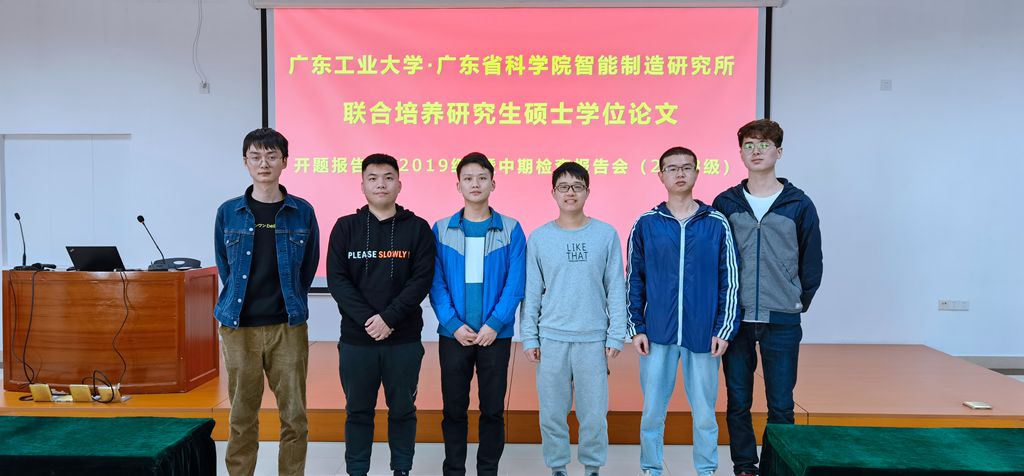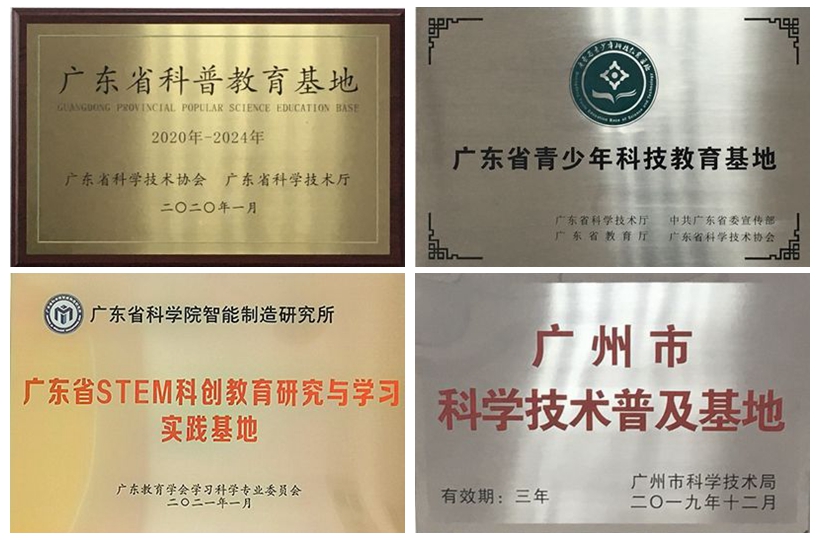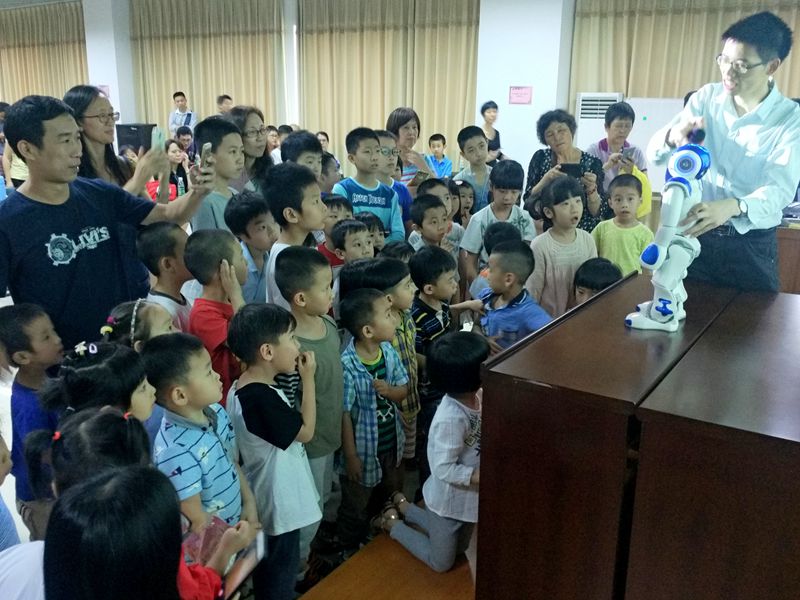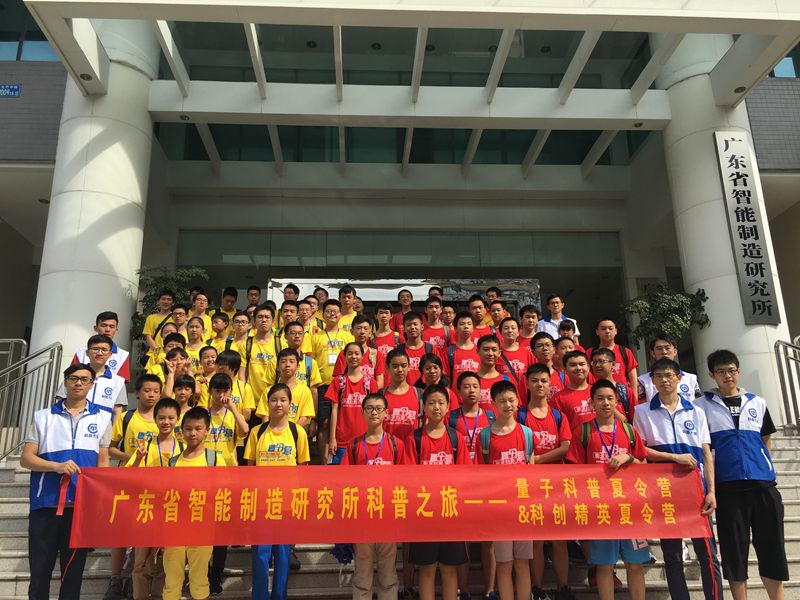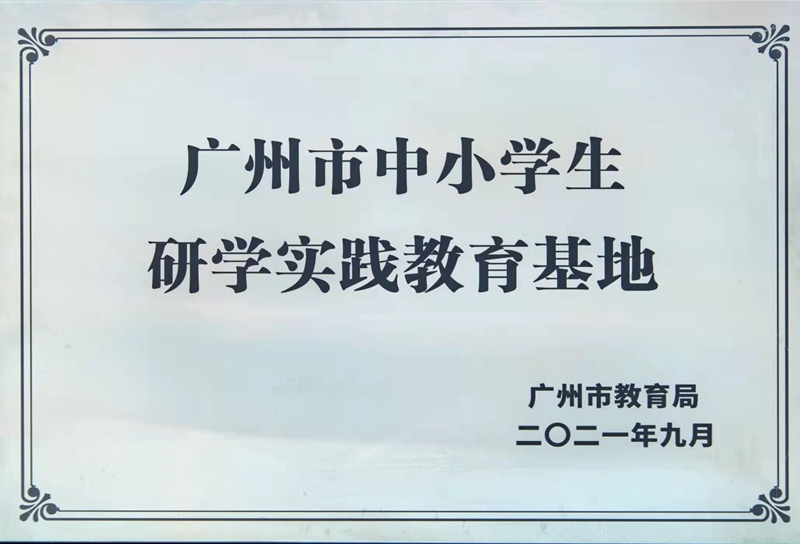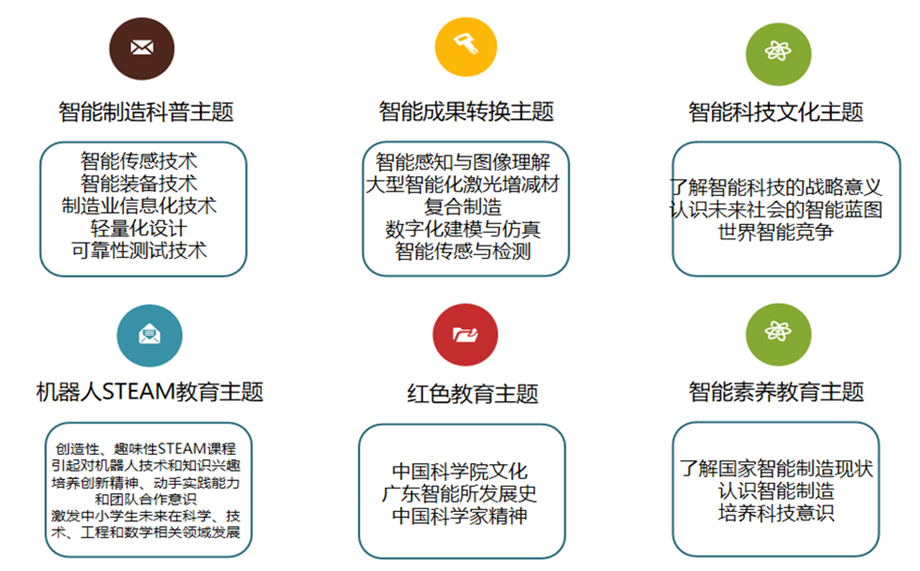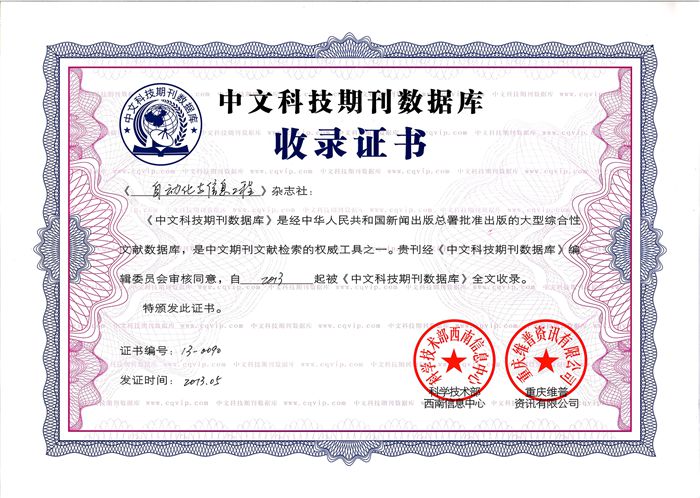2025年02期 v.46 32-37页
刘雅宁1 卢浩2 程彦汇3
(1.北京中电华大电子设计有限责任公司,北京 102209
2.山东云海国创云计算装备产业创新中心有限公司,北京 100095
3.北京智芯微电子科技有限公司,北京 102200)
摘要:针对无线定位技术受非视距误差等影响,导致定位误差较大的问题,提出一种基于机器学习的无人机集群协同定位方法。首先,建立无人机集群定位模型,并利用基于到达时间差(TDOA)的定位算法消除无人机与目标的时钟偏差;然后,采用支持向量机构建视距/非视距(LOS/NLOS)分类模型,并通过分析接收信号特征参数,分类LOS与NLOS信号;最后,根据分类结果,利用基于特征选择的NLOS抑制算法筛选适合参与目标定位计算的样本。仿真结果表明,该定位方法可以降低NLOS误差,提升定位算法的鲁棒性。
关键词:无人机集群;协同定位;机器学习;非视距误差;支持向量机;到达时间差
中图分类号:TP391; TP212.9 文献标志码:A 文章编号:1674-2605(2025)02-0005-06
DOI:10.12475/aie.20250205 开放获取
A Cooperative Localization Method for Unmanned Aerial Vehicle
Swarm Based on Machine Learning
LIU Yaning1 LU Hao2 CHENG Yanhui3
(1.CEC Huada Electronic Design Co., Ltd., Beijing 102209, China
2. Shandong Yunhai Guochuang Cloud Computing Equipment Industry Innovation Co., Ltd., Beijing 100095, China 3.Beijing Smartchip Microelectronics Technology Co., Ltd., Beijing 102200, China)
Abstract: To address the issue of significant positioning errors caused by non-line-of-sight (NLOS) propagation and other interference factors in wireless localization technologies, this paper proposes a machine learning based collaborative localization method for unmanned aerial vehicle (UAV) swarms. Firstly, a localization model for UAV clusters is established, and a time difference of arrival (TDOA) based localization algorithm is utilized to eliminate clock deviations between UAVs and the target. Then, a line-of- -sight/non-line-of-sight (LOS/NLOS) classification model is constructed using a support vector machine (SVM), which distinguishes LOS and NLOS signals by analyzing characteristic parameters of received signals. Finally, based on the classification results, a feature selection based NLOS mitigation algorithm is applied to filter samples suitable for target localization calculation. Simulation results demonstrate that the proposed method effectively reduces NLOS induced errors and enhances the robustness of the localization algorithm.
Keywords: unmanned aerial vehicle swarm; collaborative localization; machine learning; NLOS error; support vector machine; time difference of arrival































